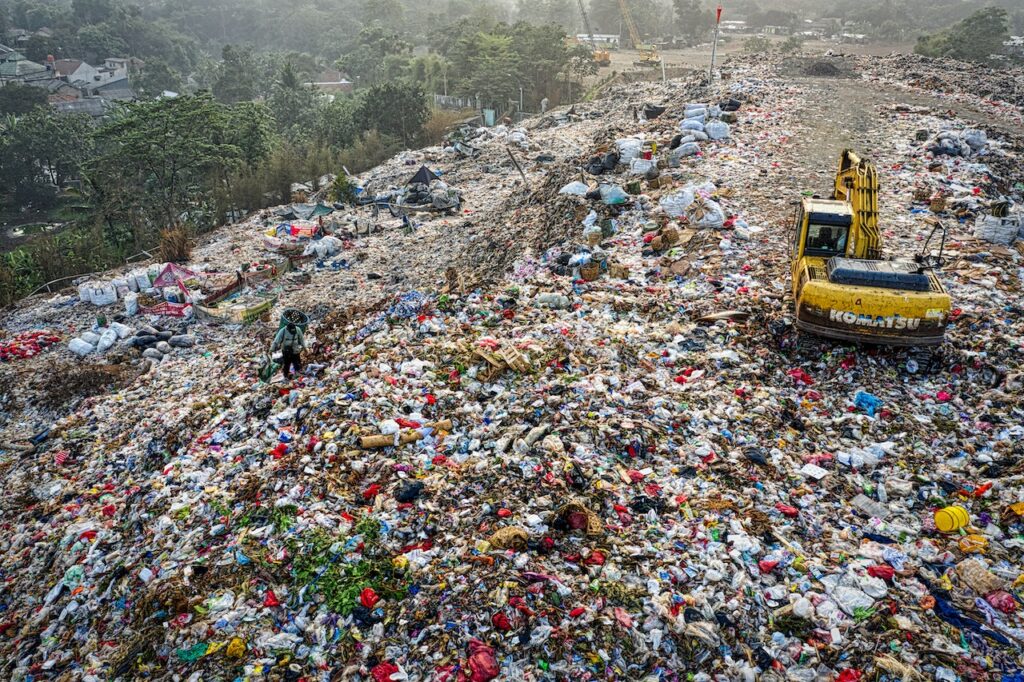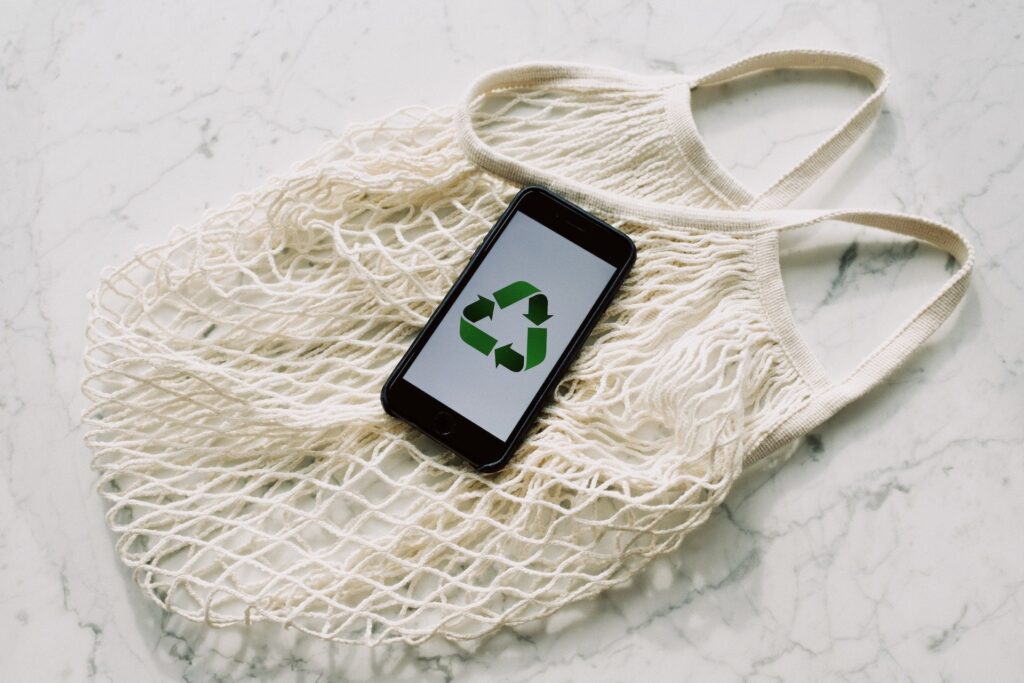The world is facing the sixth mass extinction; previously known mass extinctions have wiped out more than 60% and 90% of biodiversity, respectively. Every one of our activities—traveling, farming, living, clothing, or building, to name a few—harms the environment in some manner.
Time urges urgent action. We must alter the way we live our lives and redefine our lifestyles. In this blog post, I’ll discuss the art of living a sustainable life. Let’s get ready to change your life for the better.
What is sustainable living?
We will talk about the art of living a sustainable life in the later section, but let’s first define the term “sustainable living”. Simply put, sustainable living refers to a way of life that has minimal negative environmental impacts. A sustainable living style is greener, elegant, healthier, and economical.
Sustainable living: A blend of modernity and sustainability
Most people believe that living sustainably means protecting the environment by staying in caves and avoiding all forms of technology and modernity. That is absurd. In reality, a sustainable lifestyle combines sustainability with modernity.
The sustainable lifestyle, in my opinion, is ahead of its time. Most people out there are unaware of their ecological footprint. So, it’s time to be a trendsetter and change-maker.
What does it mean to live a sustainable life: The art of living a sustainable life?
Let me help you with ways in which you can practice the art of living a sustainable lifestyle. Most people consider a sustainable lifestyle an oxymoron and impractical. But the good news is it is incredibly simplistic and affordable. Let me know in the comment section after you complete reading this blog post.
1. Consuming sustainable energy
There can be no doubt that one of the main causes of climate change is the use of fossil fuels. The traditional energy infrastructure, which revolves around fossil fuels, is detrimental to both the environment and people’s health.
Sustainable energy is the answer to all energy-related issues. Sustainable energy is readily available, cost-effective, and environmentally responsible. So, participate in the ongoing transition to renewable energy.
2. Build without harming the environment
The construction industry affects the integrity of nature. The art of living a sustainable lifestyle is abstract without taking into account the environmental impact of buildings.
While constructing a house is crucial, it shouldn’t disrupt the habitats of several other species. Evaluate the construction’s environmental effect and build sustainably. Use eco-friendly construction materials.
3. Growing and eating organic food
Eating healthy and organic food can yield many advantages including better health, reduced environmental footprint, reduced public health risks, reduced soil erosion, and pure energy.
Try to grow organic food in your garden if you can. Otherwise, make sure to buy organic and fresh food from your local market.
4. Travel sustainably
The transportation industry affects the environment in several ways including air pollution, noise pollution, water pollution, deforestation, landscape damage, and ecological degradation to name a few.
Suggesting “not to travel” would be impractical advice. However, there are a few ways in which we can travel sustainably.
Using bicycles is the first option, which has a number of benefits like improved cardiovascular health, physical activity, mental peace, and financial savings, to mention a few. You can take a bicycle instead of your car if you’re only driving a short distance.
You may also purchase an electric vehicle. Although it depends on how power is generated, purchasing an electric vehicle is not the best option. You are not making much of an impact if it is made using fossil fuels. You may choose to buy a car that runs on renewable energy.
5. Wear sustainable clothing
When it comes to a sustainable lifestyle, changing one’s attire is one of the least discussed methods. However, it is a significant one. Fast fashion causes climate change, water exploitation, and air pollution.
By altering your clothing and wearing sustainable fashion, you help reduce your carbon footprint. Moreover, sustainable fashion is durable and comfortable to wear.
6. Boycott companies that employ unsustainable practices
Cobalt mining companies in the Democratic Republic of Congo sent little children into the mines. That’s child labor.
Before making a purchase, take some time to investigate the companies to see, if the company is involved in any sort of illegal socio-environmental practices. Boycott such companies and encourage others to do the same. If we are purchasing products from those companies, we are equally responsible for that crime.
7. Recycled and Refurbished products are the way to go
Refurbished products are good for the environment and wallet. Next time your mobile or laptop malfunctions, instead of buying a new one get it refurbished. Refurbishing your electric appliance will save a lot of money while also helping the environment. Buying recycled and refurbished products is giving the natural ecosystem time to heal.
Any secondhand or refurbished electronic equipment, whether a washing machine, television, or smartphone, works perfectly fine.
I’ve been using a second-hand iPhone myself since 2020, and there isn’t the slightest change in its performance. Therefore, there is no need to place the burden on both the environment and your wallet.
8. Avoid plastic

Plastic is harmful to humans, animals, and plants equally. Did you know that each year, more than 100,000 animals die from plastic entanglement every year? Plastic is harmful because it is almost indecomposable, and takes hundreds or thousands of years to decompose.
Plastic is affordable, but it comes with a much higher price, i.e., environmental degradation. Global plastic consumption is alarmingly high. Plastic consumption has quadrupled in the last three decades, reaching 300 million tons per year.
Huge production leads to mega-scale wastage and sadly only a fraction of which is recycled. In the US alone, out of the 40 million tons of plastic waste, only 5–6% was recycled in 2021.
The unrecycled plastic waste makes its way into the natural habitat particularly the sea, causing several environmental issues such as water pollution, killing living organisms, air pollution, land pollution, and many more, Therefore, plastic pollution has become a serious environmental concern.
While living a sustainable lifestyle, an important checklist is avoiding, reducing, and recycling plastic. Investing in recyclable plastic or other eco-friendly packaging material is the most viable solution.
Next time you go shopping, say “No” to the wrapper if you can hold the item in your hands or tuck it away in a pocket. I usually take a bag when I go shopping so that I don’t have to carry purchased stuff in a plastic bag.
9. Buying decisions
We frequently buy things we don’t need. We go to a local mall to shop and buy items we like without even considering whether they are necessary or not.
So, the next time you want to make a purchase; take a few minutes and ask yourselves these questions.
- Am I actually in need of this item?
- Why do I need it?
- For how long will I use it?
- How much does it cost?
- Can I purchase the identical item used or refurbished?
One of my 2023 “New Year’s resolutions” is related to my shopping habits. I have vowed never to purchase anything if its need can’t be justified and to resist the temptation of buying stuff on sale.
10. Small habits make the difference
We often undervalue small habits, such as turning off the tape while brushing our teeth or turning off an electric appliance while leaving our rooms. These healthy habits make all the difference. The change starts with you, adapt the habit of saving electricity and water.
Assess your habits and personality; abandon any harmful habits. Let’s change our lives for the better and let’s make a difference both in our lives, others’ lives, and most importantly in the environment.
Conclusion
In conclusion, our ecological footprint should be used to measure our quality of life rather than how many possessions we own. Our ecological impact should be kept to a minimum. Always, judge things from the lens of sustainability.
Let’s clean our home, i.e., the earth. Let’s make it inhabitable for all the poor creatures who can’t speak for themselves. Let’s be the voice that those creatures never had. Let’s learn the art of living a sustainable life and change for the better.

